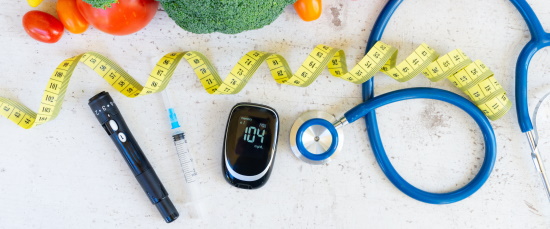Told You Have Prediabetes?

In osteoporosis, the most common type of bone disease, the bones thin or weaken over time, increasing the risk of fracture. Often a broken bone is the first indication that a person has osteoporosis.
Under a microscope, a healthy bone resembles a honeycomb, but when osteoporosis occurs, the bone looks more like Swiss cheese. Because a hormonal imbalance can speed bone loss, osteoporosis is treated by an endocrinologist. However, the effects of it such as kyphosis (hunchback) or compression fracture may be treated by an orthopedic doctor.
At University of Maryland our endocrinologists at the Center for Diabetes and Endocrinology (CDE) work together with UM Orthopaedics at diagnosing and treating osteoporosis. To make an appointment with one of our endocrinologists, call 443-682-6800.
Osteopenia is a less severe form of bone loss that usually has no symptoms. Left untreated is can progress to osteoporosis, whose symptoms include:
Women are four times more likely to develop osteoporosis than men. Women lose the most bone in the first years after menopause due to the lower estrogen levels. The loss continues through the postmenopausal years and may cause loss of height and weight. A severely rounded upper back, sometimes called a dowager's hump, can also develop.
There are some risk factors you can't change and some you can. You can't change your age, sex, family history or ethnicity (white and Asian women have the most risk).
Risk factors include:
You are never too young or too old to improve and protect your bone health. A healthy lifestyle that combines diet and exercise is crucial. Here are some steps you can take to maintain bone health.
Your bone specialist will review your complete health history and do a thorough physical exam. You may also have imaging and other tests like X-ray and a bone density scan. Our experts focus on stopping or slowing down further bone loss. Patients will also work with one of our registered dietitians to assess and improve a healthy diet.
Our treatments may include estrogen replacement therapy for women, calcitonin to decrease bone loss, and bisphosphonates to increase bone mass and reduce the risk for fracture.
